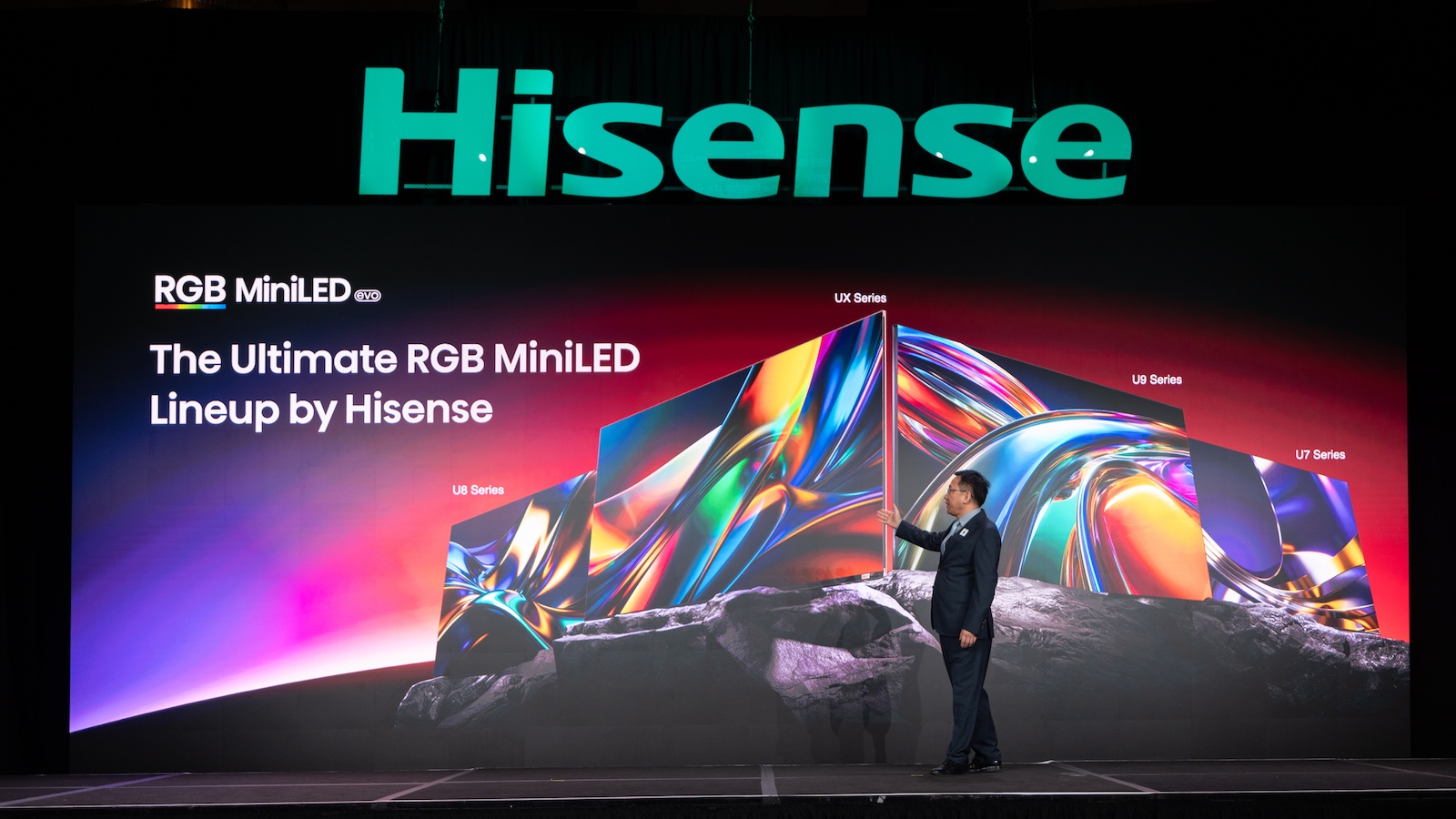Could NanoLED be the next big thing in TV technology?
Forget OLED and QLED, NanoLED might be the one to watch

OLED, QLED, QD-OLED, MLA-OLED; what could possibly come next? Well, we're glad you asked, because US-based display component producer Nanosys has been acquired by Shoei Chemicals of Japan, and it has ambitious plans for the next big thing in TV screen technology.
If you haven't heard of Nanosys before, then we'll get you up to speed and it will become clear as to why it's so important. As the leading producer of Quantum Dot components, Nanosys is integral to the production of QLED and QD-OLED displays, which feature in everything from budget sets to super high-end TVs like the upcoming Sony A95L. In fact, it's responsible for the Quantum Dots in over 70 million LCD and OLED displays worldwide, which really puts into perspective how instrumental it is to the industry.
Now we're all on the same page, we can turn our attention to Shoei Chemicals of Japan, the new owner of Nanosys and what it has planned for the future of the business. The two companies have worked together since 2019, with this acquisition supposedly allowing for more efficient production of quantum dot panels, as well as easier access to the necessary resources to manufacture them.
Furthermore, Shoei Chemicals anticipates moving forward with one of the many new screen technologies that Nanosys has proposed over the years. Specifically, it has settled on NanoLED, otherwise known as EL-QD; another abbreviation to add to our ever-expanding dictionary of TV terminology. Nanosys has also proposed QD-microLED, although that seems to be positioned for further down the line.
So what exactly is NanoLED? It works by charging the Quantum Dots themselves electrically without the need for an LCD or OLED panel; this process is dubbed electroluminescent quantum dots (hence the EL-QD). Or if you fancy some more overly complex TV jargon, it can also be known as quantum dot light-emitting diodes or QD-LED for short (which is dangerously close to QD-OLED) or even AMQLED. We're happy to stick to NanoLED if Nanosys is.
Hypothetically, this could result in slimmer, more lightweight sets akin to the razor thin chassis of OLED TVs as well as extra benefits to existing Quantum Dot technology, including enhanced brightness and punchy colours.
With this new acquisition, Shoei Chemicals hopes to accelerate the development, and eventually production of these new NanoLED sets. Prior to this acquisition, Nanosys claimed that this display technology wouldn't be ready until 2025 or 2026 at the very earliest; could we see NanoLED TVs sooner than expected?
The latest hi-fi, home cinema and tech news, reviews, buying advice and deals, direct to your inbox.
MORE:
Read our Philips OLED908 hands-on review
Check out our list of the best TVs
And you can find the best TV deals right here
Lewis Empson is a Senior Staff Writer on What Hi-Fi?. He was previously Gaming and Digital editor for Cardiff University's 'Quench Magazine', Lewis graduated in 2021 and has since worked on a selection of lifestyle magazines and regional newspapers. Outside of work, he enjoys gaming, gigs and regular cinema trips.
